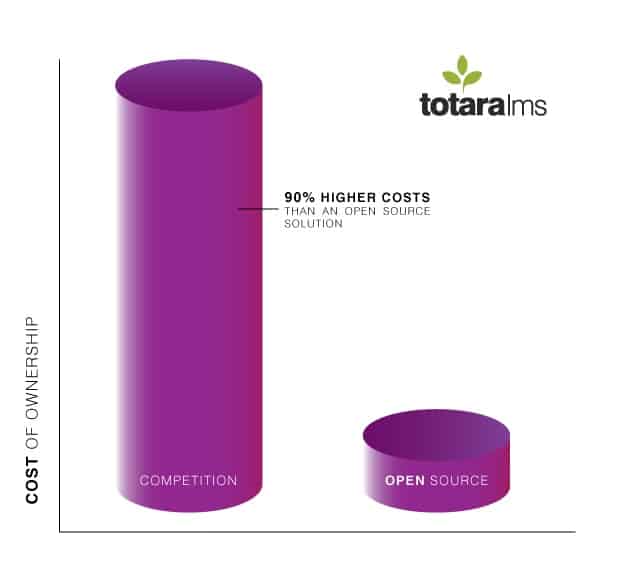
United Kingdom's government to accelerate its use of open source software in public services
UK Government appoints Liam Maxwell to advise on government technologies and shift to open source solutions.
The UK Government has appointed Liam Maxwell to advise on how government can make use of new technologies to increase flexibility in government. Maxwell is known to be a supporter of standardizing IT systems deployed across the government, while being their largest critic when it comes to the high costs that departments are paying for technology. (Source: computing.co.uk)
Maxwell wrote that one of the key factors that maintain these high costs is having to be locked into a proprietary system, keeping control in the hands of providers. Maxwell advises on moving towards open standards and open source software – to eventually bring such software to a level playing field with proprietary ones such as Windows.
 Public services can no longer afford to be locked into proprietary software and no longer have a need to be, if they can arrange for open source software solutions to fit their needs.
Public services can no longer afford to be locked into proprietary software and no longer have a need to be, if they can arrange for open source software solutions to fit their needs.
Those in the open source industry, along with Webanywhere Ltd. (UK’s leading Moodle partner and Totara LMS partner) have claimed that switching to such software from proprietary standards could save companies about 90% in costs. The government, in particular, could save over $97.3 million annually. (Source: BBC)
While open source solutions do save users money, the real value behind open source solutions comes from providing users with its inherent flexibility. As Liam Maxwell stated, government facilities need to have more control. They will have the freedom of choosing whether or not to pay for hosting and support – this choice is required in order to save money, but it is mostly necessary in becoming more self-reliant.
The government's plan will form a trend of open source software to be deployed in all areas such as document management, spreadsheets and even database infrastructure - the backbone of many large-scale IT systems.

